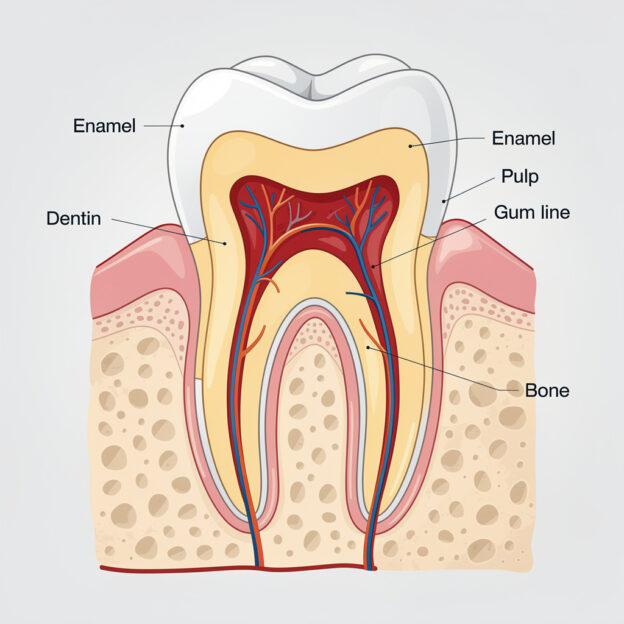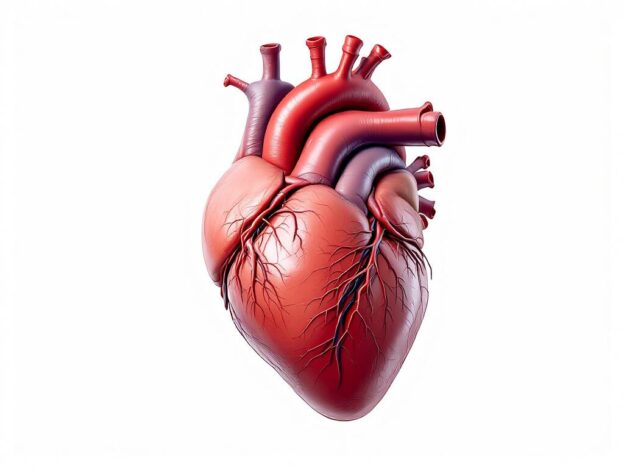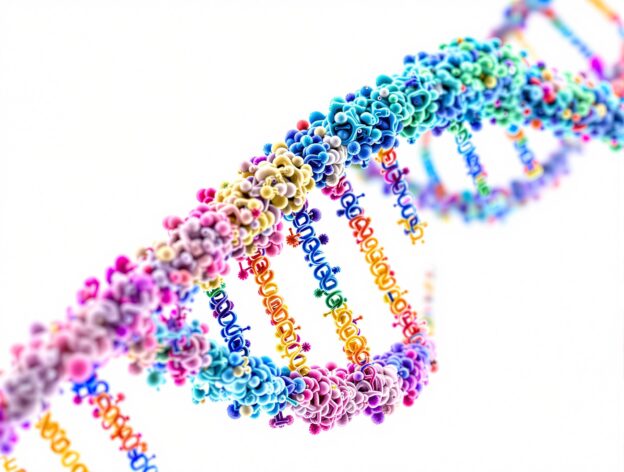Bringing lasting peace to Ukraine and the Middle East is one of the most complex and urgent challenges of our time. Both regions are marked by deep historical grievances, geopolitical rivalries, and ongoing violence. While there are no simple solutions, here are some key principles and steps that experts and diplomats often highlight as essential for progress:
Ukraine: Pathways to Peace
1. Diplomatic Negotiations
- Ceasefire Agreements: Immediate, monitored ceasefires to stop the bloodshed and create space for dialogue.
- Inclusive Talks: Involve all relevant parties, including Ukraine, Russia, and international mediators (e.g., UN, EU, Turkey).
- Neutral Mediation: Trusted third parties (e.g., Switzerland, Turkey) could facilitate talks, as direct negotiations between Ukraine and Russia are currently stalled.
2. Security Guarantees
- International Backing: NATO, the EU, and the UN could provide security guarantees to Ukraine, ensuring its sovereignty and territorial integrity.
- Demilitarized Zones: Establishing buffer zones to reduce tensions and prevent escalation.
3. Humanitarian Focus
- Prisoner Exchanges: Continue and expand exchanges of prisoners of war.
- Humanitarian Corridors: Ensure safe passage for civilians and aid, especially in contested areas.
- Rebuilding: International support for rebuilding infrastructure and restoring basic services.
4. Long-term Political Solutions
- Autonomy Models: Explore models for contested regions (e.g., Donbas) that respect Ukrainian sovereignty while addressing local concerns.
- Referendums: Internationally supervised votes in disputed territories to determine their future status.
5. Accountability and Justice
- War Crimes Tribunals: Hold accountable those responsible for atrocities, possibly through the International Criminal Court.
- Truth and Reconciliation: Processes to address grievances and foster societal healing.
Middle East: Building Sustainable Peace
1. Address Root Causes
- Palestinian Statehood: A two-state solution, with secure borders for Israel and a viable, independent Palestinian state, remains the most widely supported framework.
- Settlement Freeze: Halt the expansion of Israeli settlements in the West Bank, which undermines trust and the feasibility of a Palestinian state.
2. Regional Cooperation
- Arab Peace Initiative: Revive and expand the Saudi-led initiative, which offers normalization of relations with Israel in exchange for a Palestinian state.
- Iran’s Role: Engage Iran in regional security dialogues to reduce proxy conflicts and tensions.
3. Economic and Social Development
- Investment: International investment in Palestinian and broader regional infrastructure to improve living conditions and reduce radicalization.
- Youth Engagement: Programs to address high unemployment and disillusionment among young people.
4. Confidence-Building Measures
- Ceasefires: Immediate, durable ceasefires in active conflict zones (e.g., Gaza, Yemen).
- Humanitarian Aid: Unimpeded access to food, medicine, and education for affected populations.
5. Inclusive Governance
- Power-Sharing: Encourage inclusive governments that represent all ethnic and religious groups (e.g., in Syria, Iraq, Lebanon).
- Women and Civil Society: Amplify the voices of women and civil society in peace processes, as they often drive grassroots reconciliation.
Common Challenges and Opportunities
Geopolitical Realities
- Great Power Cooperation: The U.S., EU, Russia, China, and regional powers must align on core principles, even if their interests differ.
- Avoiding Escalation: Prevent the spread of conflict to neighboring countries (e.g., Moldova, Lebanon).
Public Opinion and Leadership
- Leadership Will: Political leaders must prioritize peace over short-term gains.
- Public Support: Build public support for compromise through education and media campaigns.
International Role
- UN Reform: Strengthen the UN’s ability to enforce resolutions and mediate conflicts.
- Sanctions and Incentives: Use targeted sanctions and positive incentives to encourage compliance with peace agreements.
What Can Individuals Do?
- Advocacy: Support organizations working for peace, human rights, and humanitarian aid.
- Dialogue: Engage in or promote dialogue between communities affected by conflict.
- Education: Learn and share accurate information to counter misinformation and polarization.
Final Thought
Peace is not achieved overnight, but every step—no matter how small—toward dialogue, justice, and cooperation matters. The international community, civil society, and individuals all have roles to play.
What aspect of these conflicts concerns you the most, or where do you think the biggest opportunity for progress lies?









